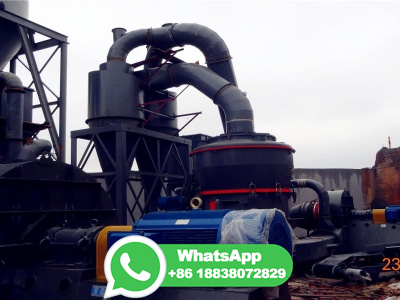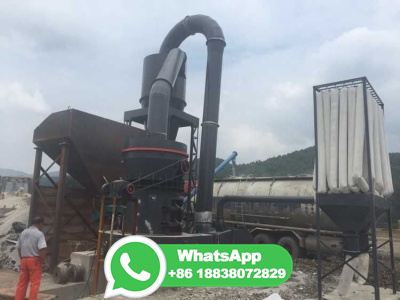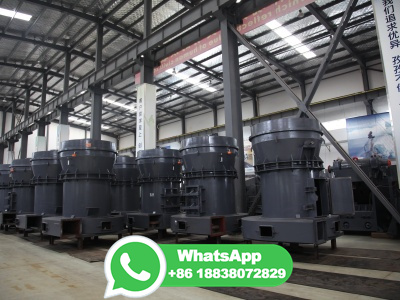Fossil Fuels: The Dirty Facts NRDC
Coal, crude oil, and natural gas are all considered fossil fuels because they were formed from the fossilized, buried remains of plants and animals that lived millions of years ago. Because of ...

Coal, crude oil, and natural gas are all considered fossil fuels because they were formed from the fossilized, buried remains of plants and animals that lived millions of years ago. Because of ...

A coal mining car at Lackawanna Coal Mine in Scranton, Pennsylvania Coal miners exiting a winder cage at a mine near Richlands, ia in 1974 Surface coal mining in Wyoming, A coal mine in Frameries, Belgium. Coal mining is the process of extracting coal from the ground or from a mine. Coal is valued for its energy content and since the 1880s has been widely used to generate electricity.

Introduction Coal is classified as a sedimentary rock. It is a common nonrenewable fuel used mainly in the production of electricity. It is a fossil fuel because it forms from dead plant matter. The quality of coal depends on how it formed; as the organic matter is subjected to greater heat and pressure, the carbon content increases.

Methane (US: / ˈ m ɛ θ eɪ n / METHayn, UK: / ˈ m iː θ eɪ n / MEEthayn) is a chemical compound with the chemical formula CH 4 (one carbon atom bonded to four hydrogen atoms). It is a group14 hydride, the simplest alkane, and the main constituent of natural relative abundance of methane on Earth makes it an economically attractive fuel, although capturing and storing it poses ...

Geology Coal is composed of macerals, minerals and water. [18] Fossils and amber may be found [where?][by whom?] in coal. Formation Example chemical structure of coal The conversion of dead vegetation into coal is called coalification. At various times in the geologic past, the Earth had dense forests [19] in lowlying wetland areas.

Coal reserves in South Africa were formed 250 to 300 million years ago, when South Africa was still attached to the ... in the outlet gas due to lower combustion temperatures, and they produce ... using coal in a twostage process. The first stage gasifies the majority of the coal and runs a gas turbine, the second stage combusts the residual ...

Use this printable infographic to learn about the rock cycle. There are three main types of rocks: sedimentary, igneous, and metamorphic. Each of these rocks are formed by physical changes—such as melting, cooling, eroding, compacting, or deforming —that are part of the rock cycle. Sedimentary rocks are formed from pieces of other existing ...

Coal was formed by the decomposition of large land plants and trees buried under the earth 300 million years ago. The slow process by which the dead plants buried deep under the earth have become coal is called Carbonisation. Since coal was formed from remains of plants therefore coal is called a fossil fuel.

There are two main phases in coal formation: peatification and coalification. Bacterial activity is the main process that creates the peat during peatification. Increasing temperature and pressure from burial are the main factors in coalification. [2] To form coal, the following steps are followed (Figure 2 illustrates these steps): [5] [6]

It is the coal with the lowest carbon content. The carbon content is only about 6070 %. It is formed during the younger stages of coal formation and thus has a lower carbon content. Due to the less amount of carbon, it is not fully black in colour and is somewhat brown. Lignite is used in electricity generation and in fertilizer production.

Answer: Coal is formed when peat is changed physically and chemically. Thisprocess is called coalification. During this process peat undergoes many changes as a result of bacterial decay,heat, and time. Peat deposits contain everything from pristine plant parts,such as roots, bark, spores, etc.

Coal, one of the world's most impactful fossil fuels, was formed millions of years ago, in very specific conditions. Most of the coal on Earth formed approximately 300 million years ago from the ...

Coal formed millions of years ago when the earth was covered with huge swampy forests where plants giant ferns, reeds and mosses grew. As the plants grew, some died and fell into the swamp waters. New plants grew up to take their places and when these died still more grew. In time, there was thick layer of dead plants rotting in the swamp.

Coal miners use two primary methods to remove coal. Surface mining is often used when coal is less than 200 feet underground. In surface mining, large machines remove the topsoil and layers of rock known as overburden to expose coal seams. Mountaintop removal is a form of surface mining where the tops of mountains are removed to access coal seams.

Uses of Coal. Coal is a very widely used natural resource because of its unique characteristics. Because of its affordability, it is used in several countries for electricity and power generation. Generally, powdered coal is used to create steam, which in turn generates electricity with high pressure.

Coal forms when swamp plants are buried, compacted and heated to become sedimentary rock in a process called coalification. "Very basically, coal is fossilized plants," James Hower, a...

The formation of coal requires two steps. First, you need a swampy environment where peat can accumulate in lowoxygen conditions that ward off decay. Second, you need to bury the whole mess quite ...

Coal: Black or brown chunks of sedimentary rock that range from crumbly to relatively hard, coal began to form during the Carboniferous period about 300 to 360 million years ago, when algae and ...

Formation of anthracite coal: Anthracite coal, also known as hard coal, is formed when bituminous coal undergoes additional heat and pressure. This process increases the carbon content and reduces the volatile components, resulting in a hard, shiny black coal with a high carbon content. It's important to note that the formation of coal is a ...

Earth Science Coal is a fossil fuel that has been used for several hundred years. Most people have heard of coal and know that the Earths coal supplies are limited but they may not know how coal was formed. There are some mistaken beliefs that coal comes from the remains of long extinct dinosaurs but this is not true.

Origin and occurrence of coal. Coals are obtained by natural 300 million years ago the earth had dense forests in low lying wetland to natural processes,like flooding, these forests buried under soil deposited over them they were compressed.

Coal can also be defined as a rock having 70% or more by volume (or 50% or more by weight) carbonaceous material formed by the compaction of various plant remains over time underground. There are various types of coal based on three major factors: The type of plant material that forms the coal (this defines the coal type)

Plant matter It is generally accepted that most coals formed from plants that grew in and adjacent to swamps in warm, humid regions. Material derived from these plants accumulated in lowlying areas that remained wet most of the time and was converted to peat through the activity of microorganisms.

1. Fuels obtained form dead remains of living organisms. (6,5) 2. A process by which the various constituents of petroleum are separated. (8) 3. A porous black substance obtained form of coal. (4) 4. Another name for motor fuel. (6) Down . 5. The substance obtained by carbonisation. (4) 6. Fuel for heavy motor vehicles. (6) 7.

slowly converted to coal. As coal contains mainly carbon, the slow process of conversion of dead vegetation into coal is called carbonisation. Since it was formed from the remains of vegetation, coal is also called a fossil fuel. A coal mine is shown in Fig. COAL AND PETROLEUM 33 Rationalised202324

Due to natural processes like flooding, these forests got buried under the soil. As more soil was deposited, they were compressed. With an increase in depth, the temperature also rises. Under high pressure and high temperature, dead plants got slowly converted into coal. The process of coal formation is very slow and might take millions of years.

Let us understand the process of coal deposition in detail. Coal is formed mainly from the terrestrial plant material that grows on dry land. The plant debris gets transported by water and then gets deposited under the water in the water bodies. The sediments organic and inorganic, get settled down gradually.

However, petroleum, like coal and natural gas, is a nonrenewable source of energy. It took millions of years for it to form, and when it is extracted and consumed, there is no way for us to replace it. Oil supplies will run out. Eventually, the world will reach " peak oil," or its highest production level. Some experts predict peak oil ...